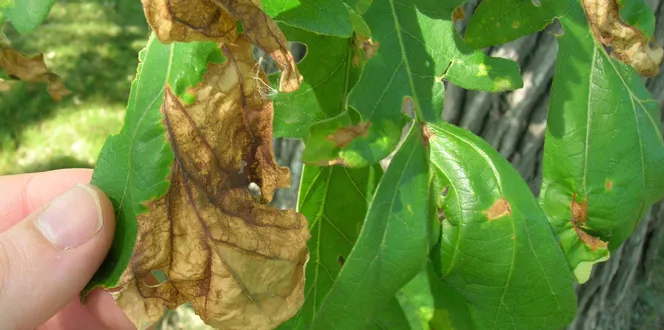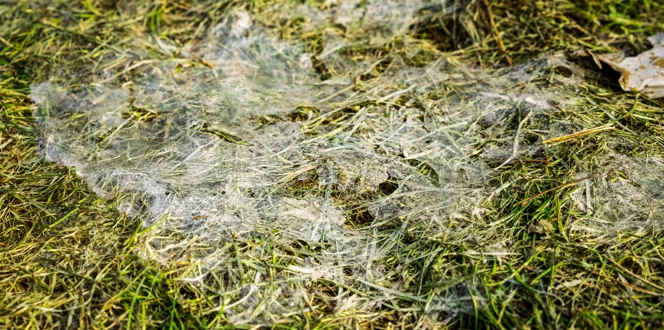There’s nothing quite like picking fresh fruit from trees and biting into it–savoring its sweetness. What’s not so sweet? Spotting a fuzzy fungus as you reach for your tasty treat.
Not only does a fruit tree fungus spoil an appetite, but it also sparks all kinds of questions about tree health.
Cyndy W. from California asked, “It looks like my plum tree has a fungus growing on it, and I don't know how to treat it or if it will spread and I'll have to take the tree down. It is a white and hard growth in two different locations.”
Find out which fruit trees get infected with this fungus and learn whether treatment or tree removal is the best option.
Black Knot Fungus: What It Is and The Treatment That Gets Rid of It
Above, Cyndy’s tree appeared to have a white fungus, but don’t ignore your tree if that’s not exactly what you see. Black knot disease can look different, depending on the stage it's in.
What is this black fungus on my tree trunk or branch?
It’s likely black knot, which is a fungal disease that most frequently attacks plum and cherry trees. In spring, a velvet-like green appears on branches. It gradually grows and becomes hard and black by fall, which is usually when you’ll spot it.
The following year, the fungus starts to expand. The chunky, black growth gets larger, wraps around branches and may invade the tree’s trunk.
In some cases, older black knots will turn white or pink, like on Cyndy’s tree. But, typically, you’ll see a solid (albeit lumpy) black growth.
What trees get black knot fungus?
Primarily, this fungus goes after plum and cherry trees, especially American plum, purple-leafed plum and chokecherry. It can affect other fruit trees, like apricot and peach, but it’s not as common.
Can you eat plums and fruit from trees with black knot?
Because the disease only affects the tree’s wood, it’s A-OK to eat fruit from trees with black knot. But as always, check that the fruit is fresh before digging in.
How to Treat or Get Rid of Black Knot on Trees
The best way to get rid of black knot disease is to have your arborist prune out the affected branches. Specifically, here’s how they’ll approach the treatment of black knot on your trees.
- Check the damage. See if your tree is worth saving. If your tree has a significant number of infected branches, it might be better to remove and replace it with a black knot resistant plum tree. Susceptible trees often become reinfected in future years.
- Wait it out. If your tree only has a bit of damage, your arborist will wait until the dormant season (when the tree loses its leaves) to begin pruning.
- Clean up right. When a professional treats black knot, they’ll destroy removed parts to completely get rid of the fungus and all its spores.
Need to treat black knot disease? Click for a free meeting with your local tree doctor.
Photo Credit:
Joseph O'Brien, USDA Forest Service, Bugwood.org





